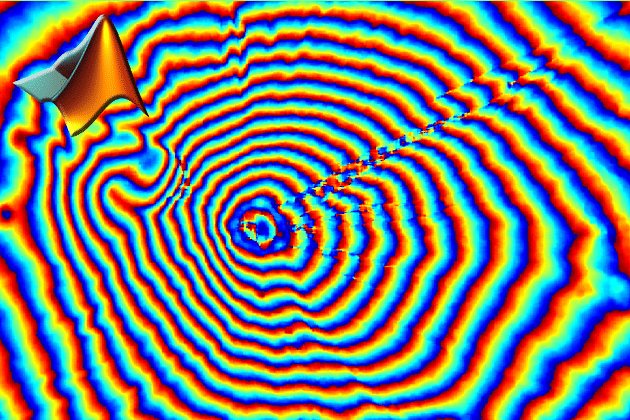SAR interferometry is widely used for the generation of digital elevation models (DEM). The topographic information is derived by exploiting the phase differences of coherent radar signal from 2 complex-valued SAR images, which are acquired from slightly different orbit positions. After focusing raw SAR data, three essential steps are the main components of the standard InSAR processing:
- Co-Registration of two complex images
- Interferogram generation and coherence estimation
- Phase unwrapping
In this tutorial the processing is conducted with the numeric computation language MATLAB. All data and instruction is included in the downloadable ZIP-File.



Where is the resources,this link seems error.